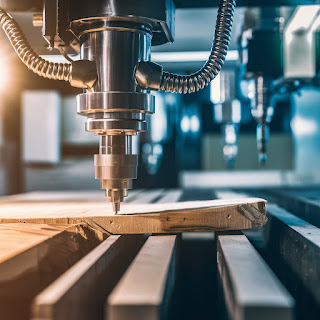Submarine Cable System Market to grow from USD 18.2 billion in 2024
Submarine Cable System Market to grow from USD 18.2 billion in 2024 and is expected to reach USD 29.7 billion by 2029, growing at a CAGR of 10.3% from 2024 to 2029. The submarine cable systems market , encompassing a critical infrastructure for global communications and data transfer, has seen significant growth and transformation. As of 2023, this market is valued at several billion dollars, driven by increasing data traffic, the proliferation of cloud services, and the ongoing expansion of internet connectivity worldwide. Market Overview Submarine cable systems are underwater cables laid on the seabed between land-based stations to carry telecommunication signals across stretches of ocean and sea. These cables are pivotal in connecting continents and facilitating international communication, accounting for nearly 99% of global data traffic. Key Drivers Data Traffic Surge : The exponential growth in data consumption, fueled by streaming services, social media, and cloud computing...



